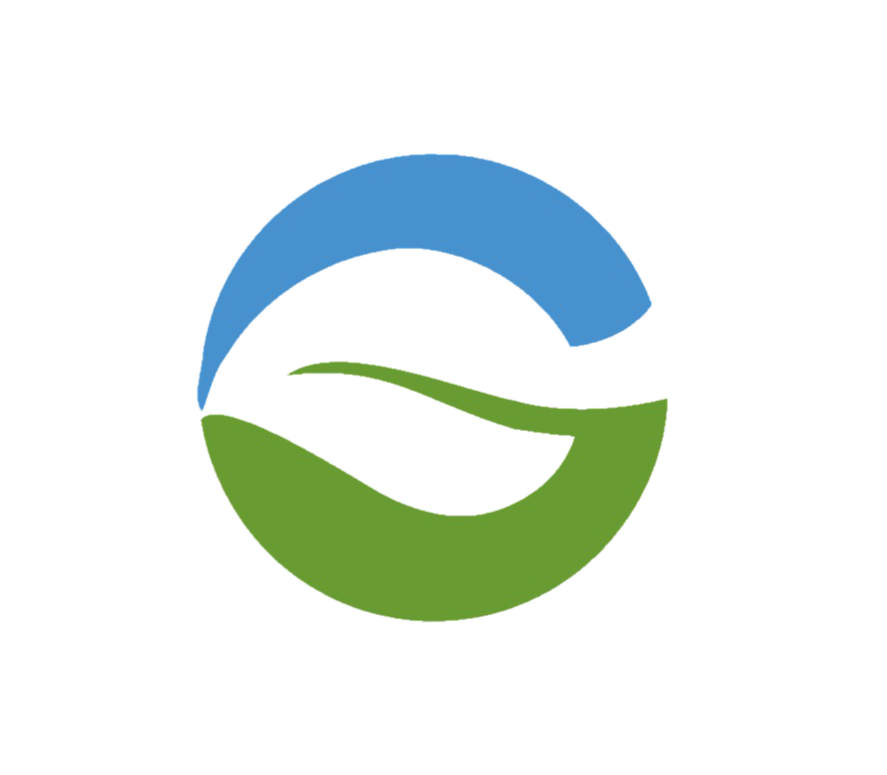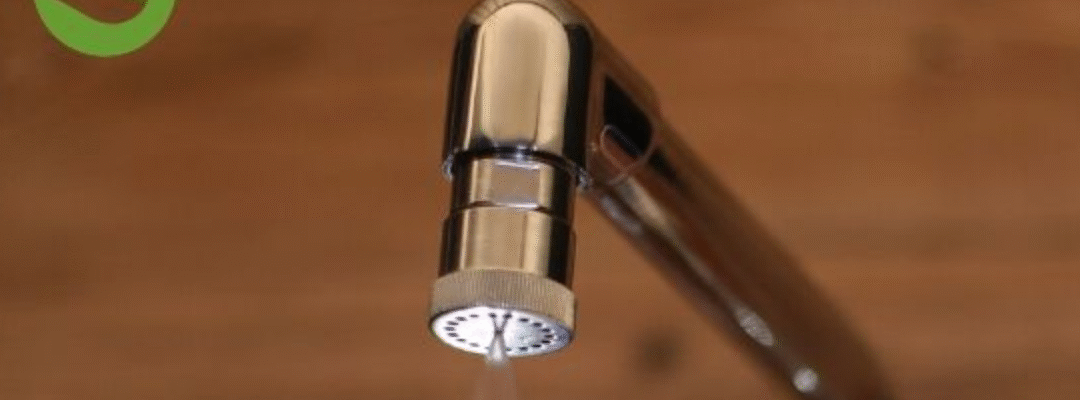Water efficiency refers to the practice of using water in a way that maximizes its utility and minimizes waste. It involves making the most of available water resources while minimizing water consumption and reducing unnecessary loss. Water efficiency measures aim to achieve a specific task or purpose with the least amount of water.
Water efficiency can be measured in several ways, and the appropriate measurement method depends on the context and the specific goals of the assessment. Here are some common methods for measuring water efficiency:
- Water Use Intensity: Water use intensity is a measure of water consumption per unit of a specific activity or process. For example, in a residential setting, it can be the gallons of water used per person per day. In industrial processes, it can be the volume of water used per unit of product manufactured.
- Water Efficiency Ratio: The water efficiency ratio compares the actual water use to an established benchmark or standard. For instance, in agriculture, it may compare crop yield to the amount of water used for irrigation.
- Water Audit: A water audit involves a detailed assessment of water use within a facility, home, or organization. It typically includes data collection, analysis of water consumption patterns, identification of areas for improvement, and the development of a water conservation plan.
- Water Footprint Assessment: Water footprint assessments consider the total volume of water used throughout the lifecycle of a product, process, or activity. This includes not only direct water use but also indirect water use (e.g., water used in the supply chain).
- Water Balance: A water balance calculates the difference between water inflow and outflow in a specific area or system. It helps track the availability and usage of water resources.
- Water-Efficiency Labels and Certifications: Various organizations and programs offer labels and certifications that indicate the water efficiency of appliances, fixtures, and products. Examples include ENERGY STAR for water-saving appliances and WaterSense for fixtures in the United States.
- Benchmarks and Standards: Comparing water use to established benchmarks and standards in specific industries or regions is a common way to measure water efficiency. Compliance with water regulations and industry standards is often required.
- Water Loss Management: In water distribution systems, water loss can be measured through water loss management techniques like leak detection and control. This helps utilities identify and reduce water losses in their networks.
- Remote Sensing and Data Analytics: Advanced technologies, such as remote sensing, satellite imagery, and data analytics, can be used to monitor water use and identify trends and opportunities for improvement on a larger scale.
- Water-Efficient Technologies: The adoption of water-efficient technologies, like low-flow fixtures or water recycling systems, is a practical way to measure water efficiency. The reduction in water consumption achieved through technology adoption can be quantified.
Water efficiency measurement is an essential component of water resource management and conservation efforts. By measuring water use and identifying opportunities for improvement, individuals, businesses, and governments can make informed decisions and implement strategies to reduce water waste and promote responsible water management.


Recent Comments